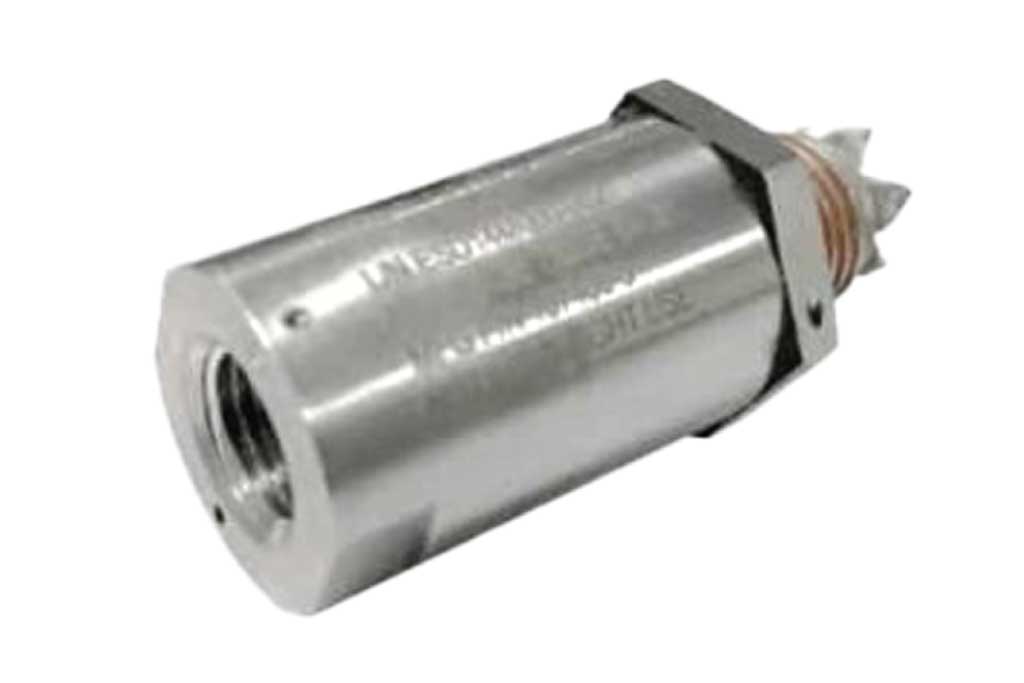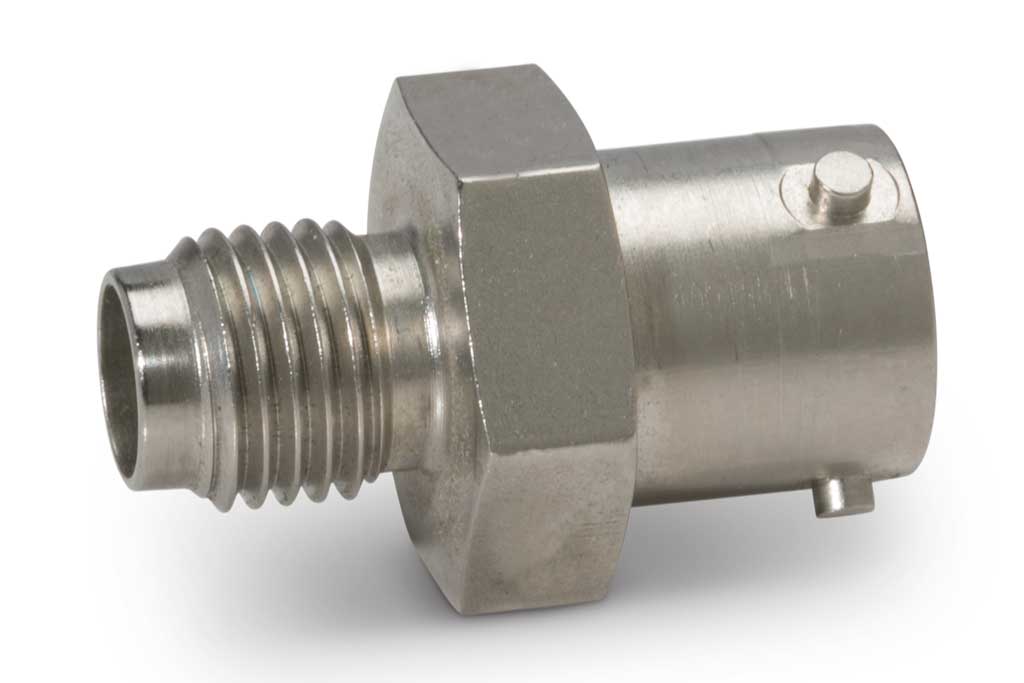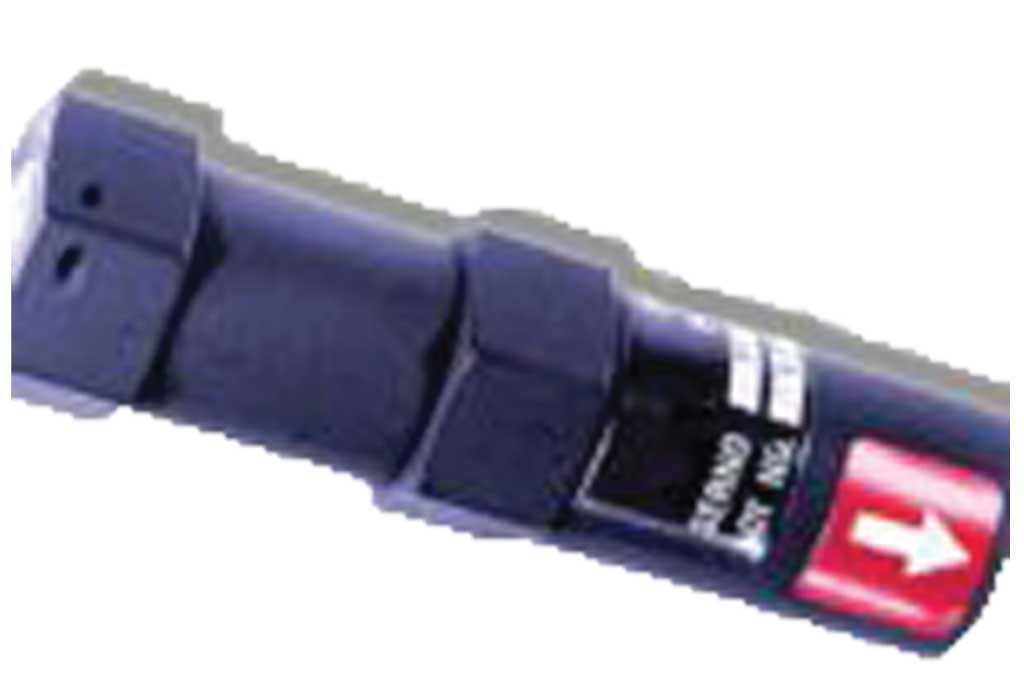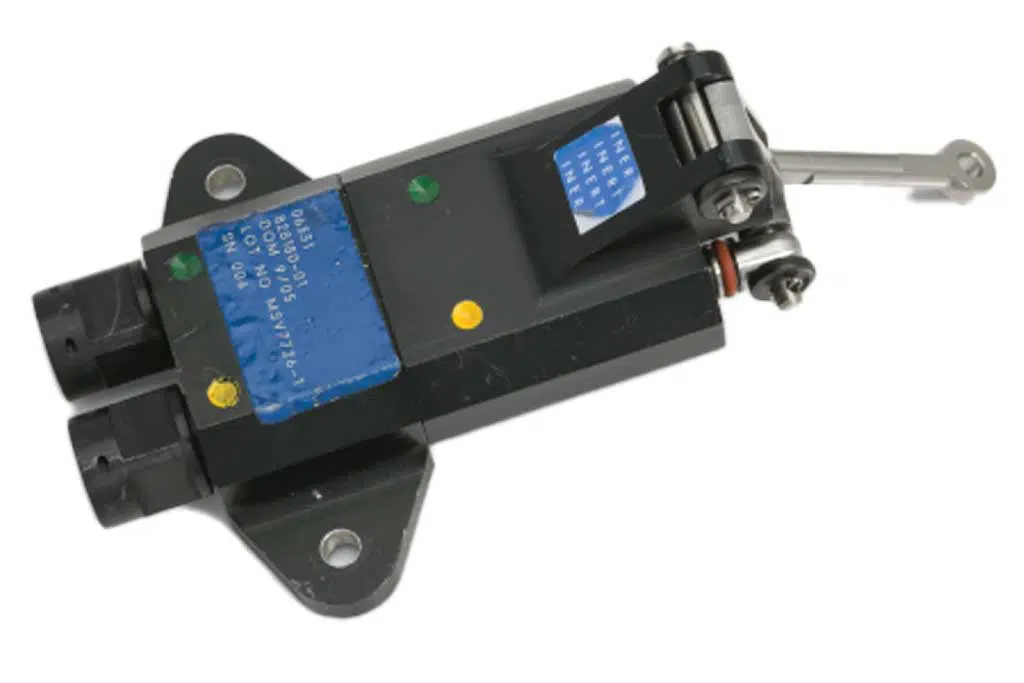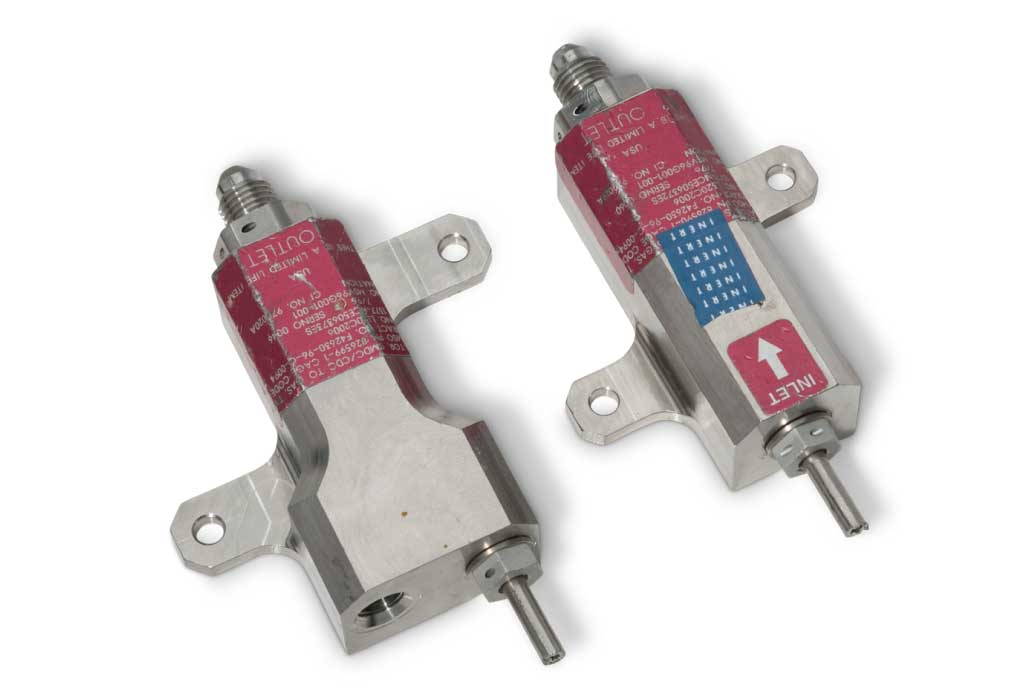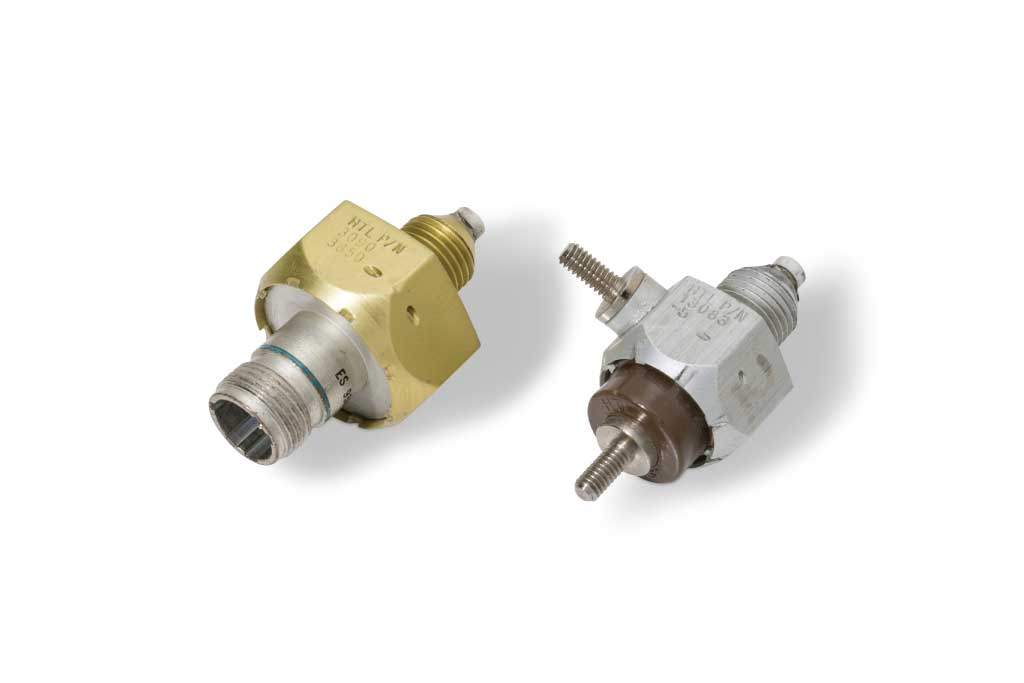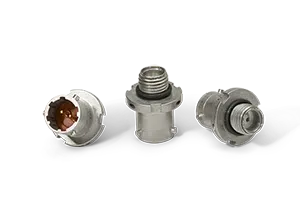Pyrotechnic Initiators
Successful. Every Time.
PacSci EMC – with over 55 years of energetic solutions expertise – boasts the ability to meet even the most complex performance and integration requirements. Our pyrotechnic initiator and electro-explosive devices are for mission critical needs. Working the first time is the ONLY option.
Intelligent engineering provides you with 1 device and over 700 different solutions, all of which are adaptable to virtually any purpose or function where pyrotechnic energy is desired.
